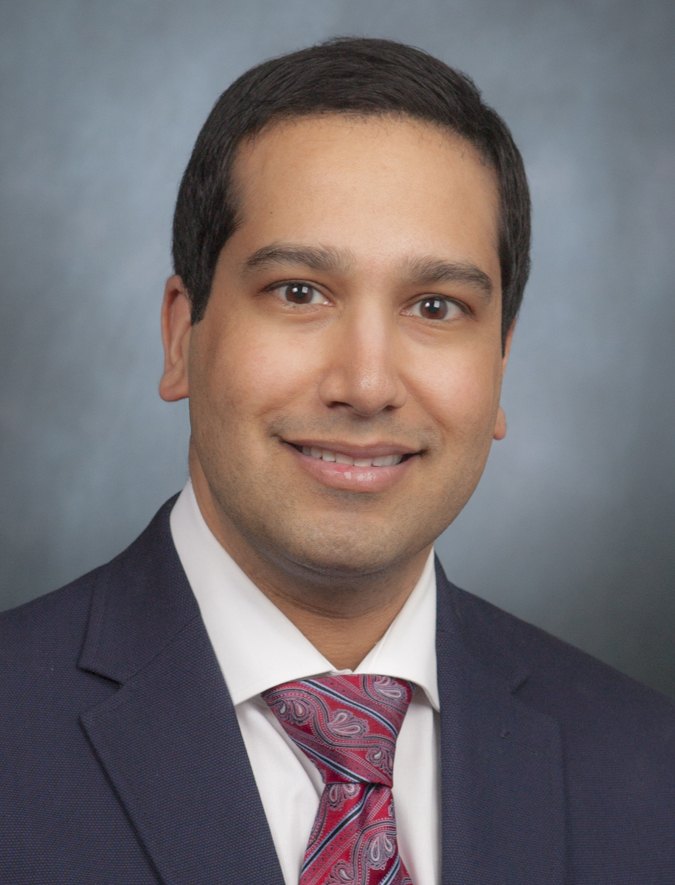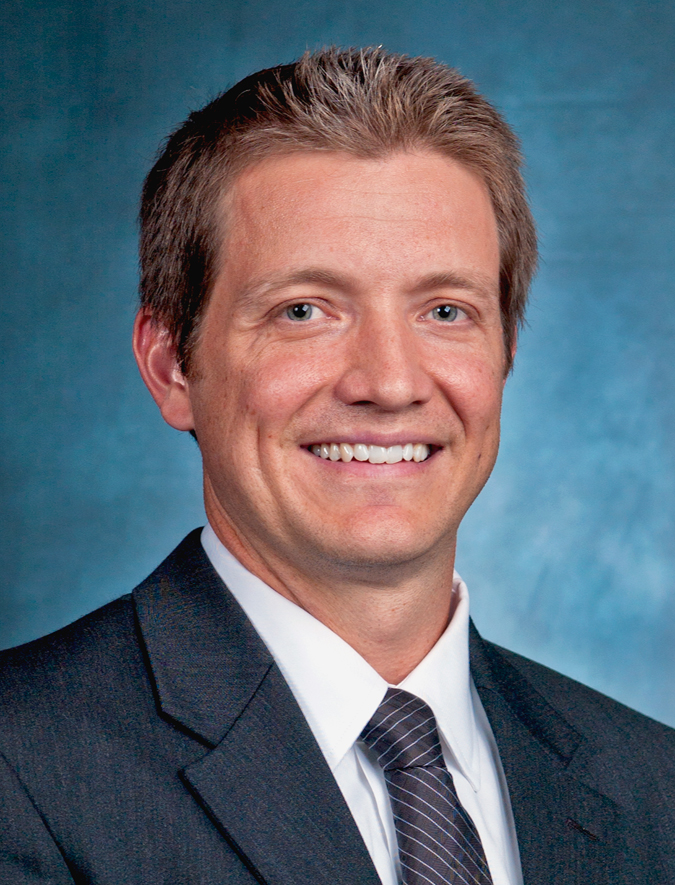Treatment of tegmen dehiscence using a middle fossa approach and autologous temporalis fascia graft: Outcomes from a single center. Journal Article
Local Library Link: Find It @ Loyola
| Authors: | Swanson, J; Oetojo, W; Uram, Z; Jusue-Torres, I; Zakaria, J; Kircher, ML; Germanwala, AV |
| Article Title: | Treatment of tegmen dehiscence using a middle fossa approach and autologous temporalis fascia graft: Outcomes from a single center. |
| Abstract: | INTRODUCTION: Although bony defects of the tegmen surface are relatively common, the majority of dehiscences are asymptomatic. For those who experience symptoms, there is a wide spectrum of relatively benign manifestations such as hearing loss and otorrhea to potentially more serious but rare sequelae such as epilepsy and meningitis. Surgical management of tegmen dehiscences (TDs) can help prevent these symptoms. In this manuscript, we present one of the largest reported single team experiences of using a temporal craniotomy with middle cranial fossa approach and temporalis fascia graft in the treatment of tegmen defects. METHODS: We retrospectively reviewed every case of a TD surgically repaired by the same neurosurgeon/otolaryngologist team at Loyola University Medical Center from May 2015 to January 2022. In our chart review, we identified 44 patients with 48 cases of tegmen defect repair. We analyzed patient characteristics, operative details, and postoperative outcomes. RESULTS: 44 patients met inclusion criteria for the presence of TD (mean age 55 years, 55% male, and average body mass index 35.6). 89% of these patients had no clear etiology for the dehiscence. Commonly reported symptoms were hearing loss (89%) and CSF otorrhea (82%). The least reported presenting signs and symptoms were seizures (5%) and meningitis (2%). Most defects were repaired with both temporalis fascial and calvarial bone grafts (63%), while a minority were treated with temporalis fascia only (33%), temporalis fascia with muscle (2%), or fascia lata (2%). Every patient in our sample experienced resolution of CSF otorrhea after tegmen repair and 81% of the sample reported subjective hearing improvements after surgery. 6% of our sample had post-operative infections and 8% of patients underwent repeat unilateral surgery for a surgical complication. CONCLUSION: Craniotomy for middle fossa approach using autologous temporalis fascial grafts is a safe and effective method for the treatment of TD. These procedures should be performed by experienced and multidisciplinary teams. |
| Journal Title: | Clinical neurology and neurosurgery |
| ISSN: | 1872-6968; 0303-8467 |
| Publisher: | Unknown |
| Date Published: | 2022 |
LUC Authors
-
 49
49Germanwala -
 22
22Kircher
Related LUC Article
